‘Plastic air pollution’: Microplastics in clouds could be exacerbating climate change – EuroNews
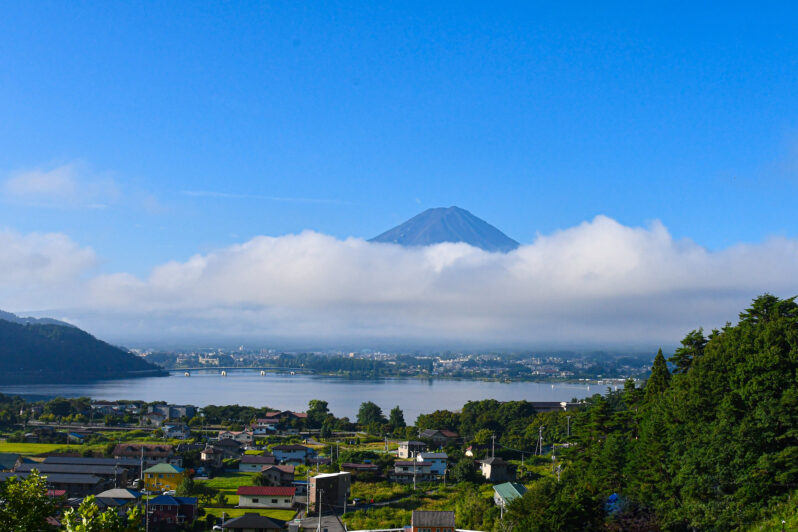
Researchers found several types of polymers and rubber in the water in cloud water surrounding Mount Fuji, Japan’s biggest mountain, and Mount Ōyama.
Their study, published in the journal Environmental Chemical Letters, joins a growing body of evidence showing that plastic pollution has infiltrated most ecosystems on Earth…
World’s Oceans Changing Colour Due to Climate Breakdown – the Guardian
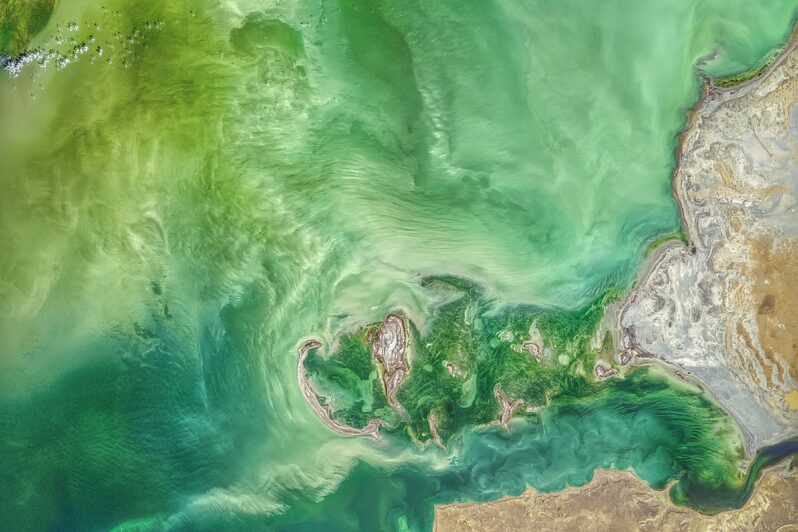
The sea is becoming greener due to changes in plankton populations, analysis of Nasa images finds…
It’s Not Just Coral. Extreme Heat is Weakening Entire Marine Ecosystems in Florida – Grist Magazine
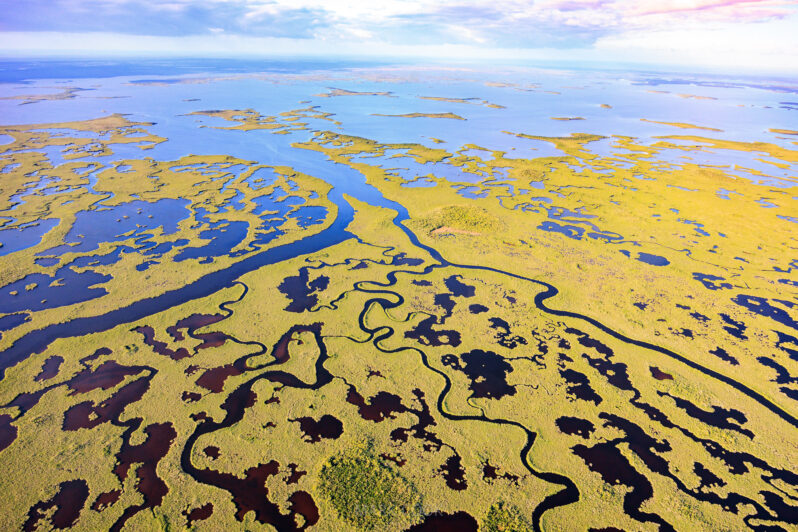
Anemones, sponges, and jellyfish are bleaching throughout the Everglades amid record temperatures. It’s a troubling sign for Florida Bay and beyond.
Why does nature create patterns? – the Conversation
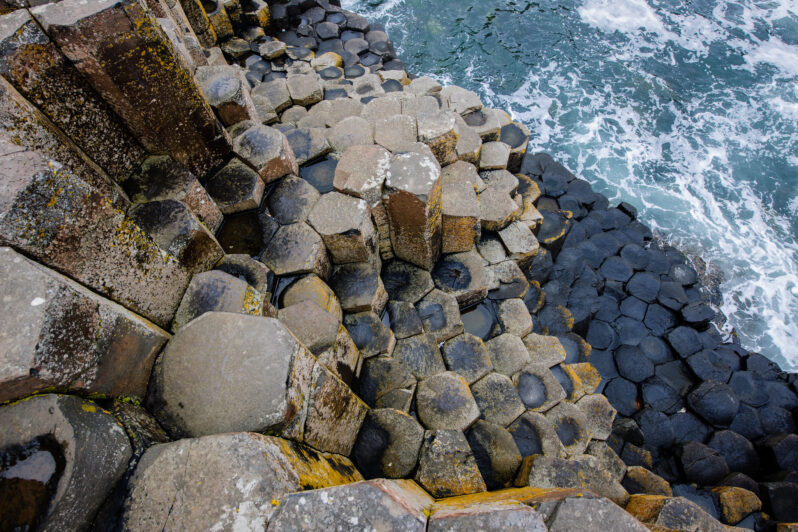
The reason patterns often appear in nature is simple: The same basic physical or chemical processes occur in many patterned substances and organisms as they form. Whether in plants and animals or rocks, foams and ice crystals, the intricate patterns that happen in nature come down to what’s happening at the level of atoms and molecules…
Lessons from California on How to Adapt to Sea Level Rise – NPR | On Point with Meghna Chakrabarti
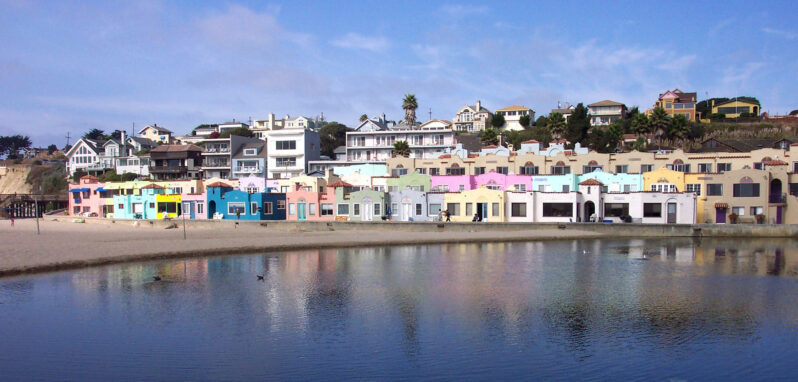
The Pacific Ocean off the California coast could rise more than six feet by the end of this century, according to some estimates…
Guests: Rosanna Xia, environmental reporter for the LA Times. Author of “California Against the Sea: Visions for our Vanishing Coastline.”
A.R. Siders, director of the Climate Change Hub and professor on climate change adaptation at the University of Delaware.
For Sanibel, the Recovery from Hurricane Ian Will Be Years in the Making – Inside Climate News
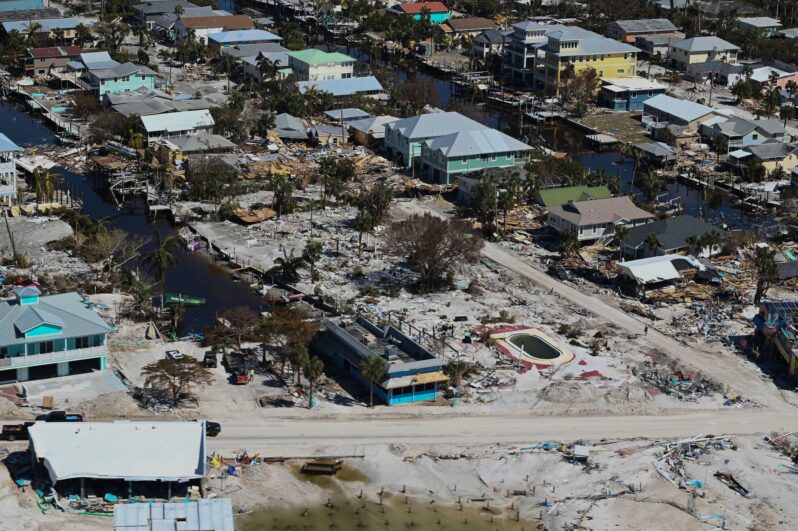
Few images of Hurricane Ian’s destruction in Florida a year ago this week were more indelible than those of the swamped causeway here, the only link between the mainland and barrier island where this small beach community is located…
From Jane to the Octonauts, Children’s TV is Taking on the Climate Crisis – Grist Magazine
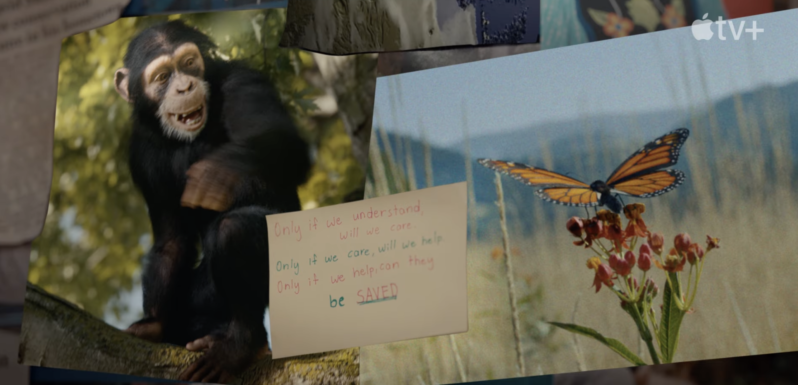
Olivia Dreizen Howell wasn’t seeking out a climate lesson when she and her kids, aged 7 and 9, tuned into Molly of Denali, a popular children’s show on PBS. But there it was: Molly, a 10-year-old Alaska Native and vlogger from the fictional village of Qyah, goes with her friends to visit an old clubhouse. Upon arriving, they find it has begun to sink into the ground. The episode, “Not So Permafrost,” follows Molly as she uncovers why her refuge is sinking in the first place. It served as an unexpected opening for Dreizen Howell and her family to discuss the climate crisis…
How deep is the ocean? – the Conversation
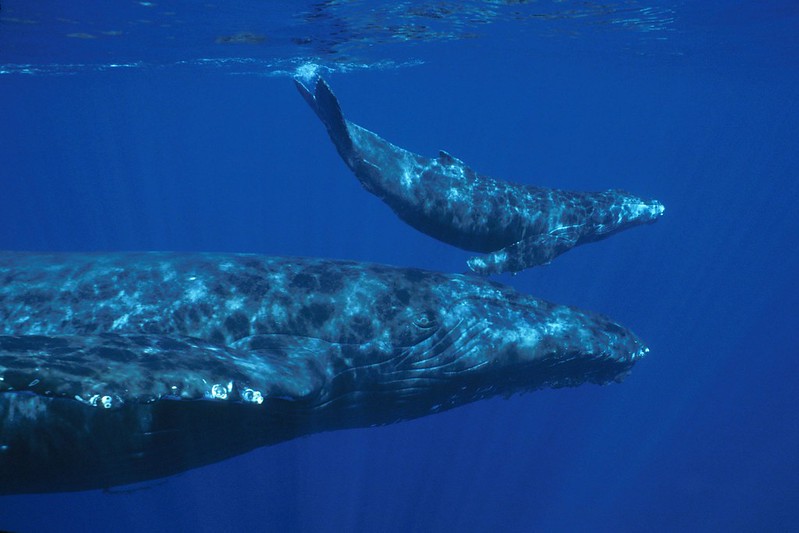
If you wanted to measure the depth of a pool or lake, you could tie a weight to a string, lower it to the bottom, then pull it up and measure the wet part of the string. In the ocean you would need a rope thousands of feet long. In 1872 the HMS Challenger, a British Navy ship, set sail to learn about the ocean, including its depth. It carried 181 miles (291 kilometers) of rope…
Comedians made some hilarious jokes about climate change. Were they right? – the Washington Post

Comedy is a lot like dumpster diving. You look at things in a different light than most people.
Stand-up comedians have long cast an amusing lens on our society, crafting observations about everything we might encounter, such as family, divorce, travel, a second divorce, pets and, more recently, climate change….
